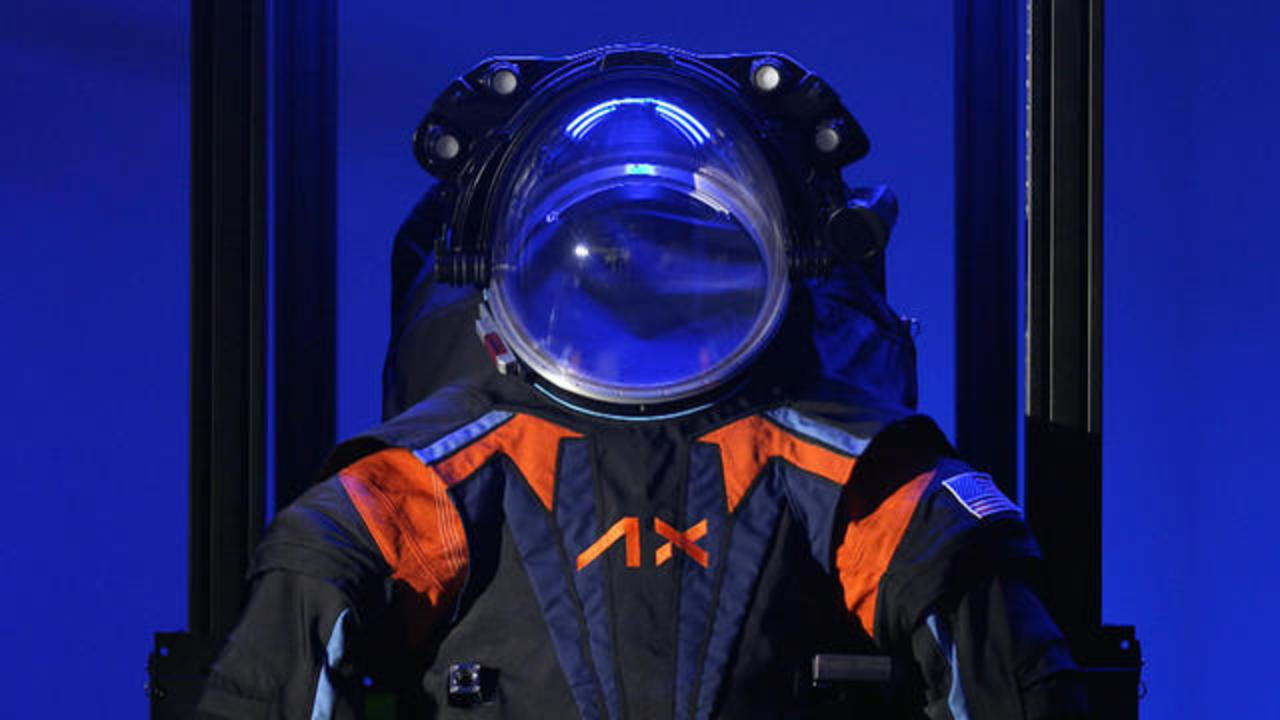NASA’s Space Suits Crisis: Aging Tech Threatens Future Missions
The space age dawned with limitless ambition, but today, NASA’s space suits crisis stands as a stark reminder of how aging technology can hinder humanity’s boldest endeavors. The very suits that have carried astronauts through historic missions are now seen as outdated relics, threatening the future of space exploration. Can NASA overcome these challenges in time to launch its next bold missions?
The Growing Danger of NASA’s Space Suits Crisis
When we picture astronauts exploring uncharted worlds, we often envision futuristic technology. However, the reality paints a grimmer picture. NASA’s current Extravehicular Mobility Units (EMUs), essential for spacewalks and lunar missions, are decades old. Originally designed in the 1970s for the Space Shuttle program, these suits are far past their intended lifespan.
This aging technology now poses significant risks. According to a report by Futurism, NASA has only 11 usable suits left, with their parts now scarce or completely discontinued. This alarming reality has created a bottleneck for future missions, including ambitions for exploring Mars and returning to the Moon as part of the Artemis program.
What Makes a Space Suit So Complex?
To truly understand the gravity of NASA’s space suits crisis, it’s essential to consider the engineering marvels that space suits represent. They are not merely stitched fabric; they are self-contained life support systems designed to protect astronauts in the most hostile environments imaginable — the vacuum of space.
Each suit is comprised of 14 layers of material, designed to regulate temperature, provide oxygen, and shield against micrometeoroids and radiation. Developing such a suit is not only time-consuming but also extraordinarily costly — typically ranging in the millions per suit. With outdated manufacturing methods and shrinking budgets, NASA is now struggling to produce a new generation of functional, reliable suits for modern-day exploration.
The Challenges Hindering New Spacesuits
The ongoing crisis is compounded by a mix of technical and financial hurdles. Designing advanced space suits requires years of research, rigorous testing, and vast monetary resources. Moreover, delays in space missions often shift resources away from new suit development and towards other priorities.
Technical Roadblocks
One of the primary technical issues lies in material science. Space suits must be sturdy enough to endure the harsh conditions of space yet flexible enough to provide astronauts with unrestricted movement. Current engineering methods have yet to find the perfect balance between these requirements. Moreover, integrating cutting-edge technologies into new suit designs proves challenging, as NASA must navigate compatibility with existing space equipment and vehicles.
Funding and Budget Constraints
Financial limitations have also played a significant role in delaying progress. As highlighted in a report by the U.S. Government Accountability Office (GAO), NASA has spent over $420 million on suit development in the last decade but still lacks a completed prototype. Budget overruns and shifting priorities further exacerbate these delays, leaving NASA to rely on its aging fleet of EMUs for upcoming missions. This inevitably raises concerns about safety and performance.
Future Missions at Risk
At the core of NASA’s space suits crisis is its impact on future milestones. For the highly anticipated Artemis missions, which aim to return humans to the lunar surface by the 2020s, functional new spacesuits are essential. Lunar missions require suits designed to withstand extreme temperature fluctuations and sharp lunar regolith, which significantly differs from the requirements of low-Earth orbit missions.
Meanwhile, Mars exploration presents an entirely new set of challenges. A successful mission to the red planet requires suits capable of providing long-term life support in an environment with a thin, carbon dioxide-rich atmosphere and potential exposure to toxic dust. Without functional, reliable suits, such missions face serious delays or potential cancellation.
The Cost of Failure
Delays in suit development could have dangerous implications. Outdated equipment increases the risks to astronauts, with potential suit failures posing life-threatening consequences. Moreover, public trust in NASA’s capabilities may erode if the agency cannot meet its ambitious timelines.
Innovations on the Horizon
Despite the challenges, there is hope. NASA is partnering with private companies to develop next-generation spacesuits. For instance, a significant partnership with Axiom Space and Collins Aerospace was announced to create advanced suits tailored for upcoming missions. These collaborations aim to leverage private-sector ingenuity and speed up production timelines.
Additionally, advancements in 3D printing and material science hold promise for developing suits faster and more affordably. Innovations in virtual reality could also streamline testing processes, helping engineers simulate the conditions of space without waiting for physical trials.
An Opportunity for Renewal
While NASA’s space suits crisis presents undeniable challenges, it also offers an opportunity for renewal. The urgency of addressing this issue could accelerate technological advancements and foster collaboration across industries. Perhaps NASA’s struggles to replace its aging suits will catalyze a new era of innovation, not only for space exploration but for humanity’s pursuit of solving complex engineering problems.
The Takeaway
NASA’s space suits crisis serves as a wake-up call for the entire space exploration community. With aging technology threatening the safety of astronauts and the feasibility of future missions, it’s clear that urgent action is needed. As NASA continues to work through these challenges, the hope is that the next generation of spacesuits will not only be safer and more efficient but will also embody the resilience and innovation that space exploration represents.
For more updates and space-related news, visit Zex News.
“`





